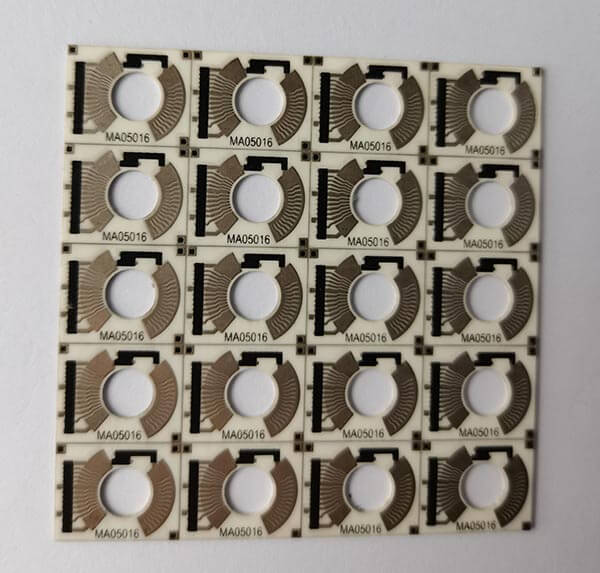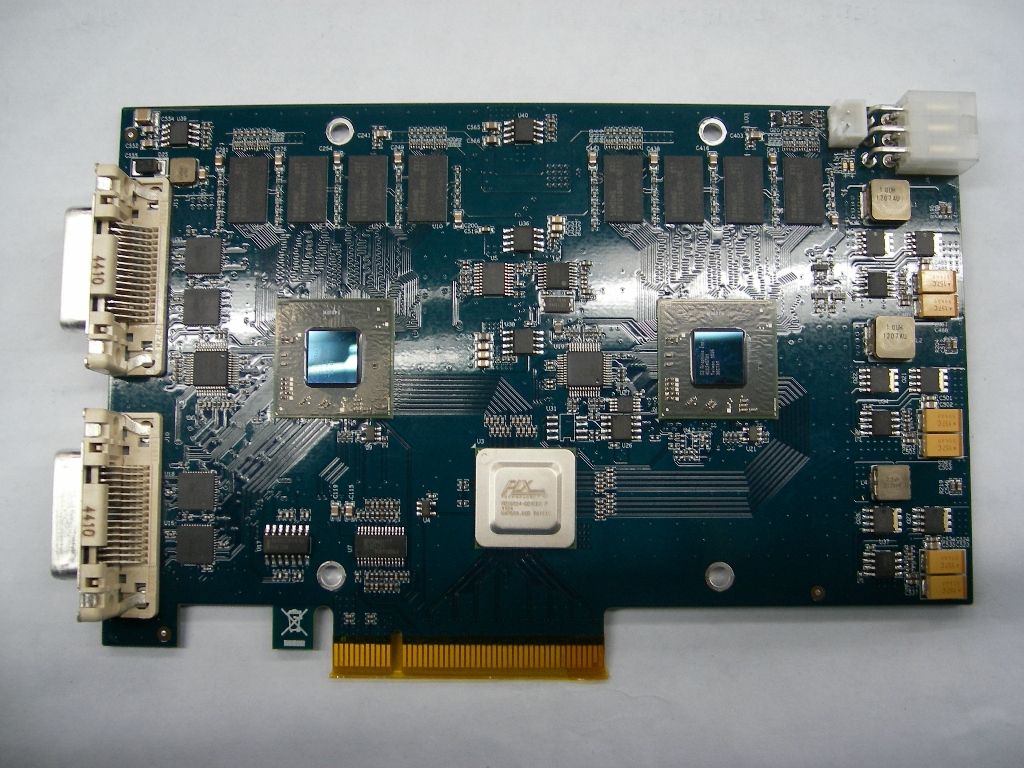What is ceramic PCB ?
Ceramic PCB or ceramic printed circuit board,
is a type of circuit board that is made from a ceramic material,
such as alumina( Al2o3) , aluminum nitride, Silicon nitride, Beryllium Oxide ,
Boron Nitride , Silicon Carbide (SiC) and Zirconia ( ZrO2 ) etc.
Those materials instead of the traditional fiberglass material used in standard PCBs.
Ceramic PCBs offer several advantages over traditional PCBs, including better thermal conductivity,
higher mechanical strength, and improved reliability in high-temperature and high-power applications.
These properties make ceramic PCBs ideal for use in industries such as aerospace, automotive,
and power electronics where high performance and reliability are crucial.
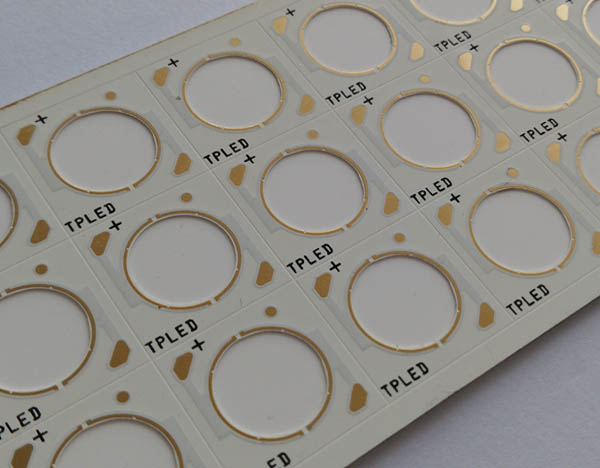
Advantages of ceramic PCB
Ceramic PCBs come with many benefits.
Review their advantages below:
- Enviable thermal properties and low CTE,
- Operation in temperatures up to 800 degrees Celsius
- Excellent thermal conductivity
- Tough chemical erosion resistance
- Exceptional high-frequency performance
- Compatible mechanical intensity
- CTA component compatibility
- Simple implementation of high-density circuit tracing
High thermal conductivity:
Ceramic PCBs have a high thermal conductivity, which helps in dissipating heat efficiently.
This makes them ideal for high-power applications where heat management is crucial.
Excellent electrical insulation:
Ceramic PCBs offer excellent electrical insulation properties,
making them suitable for applications where high voltage is involved.
High mechanical strength:
Ceramic PCBs have high mechanical strength and
can withstand harsh environmental conditions, making them durable and reliable.
Chemical resistance:
Ceramic PCBs are resistant to chemicals and can withstand exposure to corrosive substances, making them suitable for use in challenging environments.
High frequency performance:
Ceramic PCBs have low dielectric loss and low signal distortion,
making them ideal for high-frequency applications such as RF and microwave circuits.
Miniaturization:
Ceramic PCBs can be manufactured with very fine features and tight tolerances,
allowing for the miniaturization of electronic devices.
Long lifespan:
Ceramic PCBs have a long lifespan and
can withstand repeated thermal cycling without degradation,
making them a cost-effective solution in the long run.
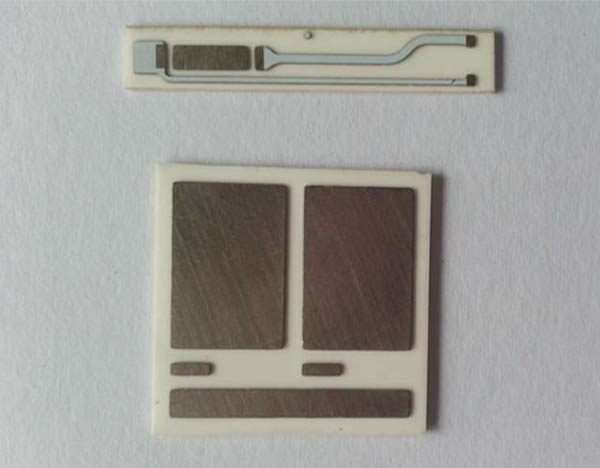
Types of ceramic PCB
There 4 types of ceramic PCB according to manufacturing technical.
- Thin film ceramic PCB
- Thick film ceramic PCB
- Low-temperature co-fired ceramic (LTCC) PCB
- High-temperature co-fired ceramic (HTCC) PCB
Thin film ceramic PCB:
This technology involves depositing a thin layer of ceramic material onto
a substrate using techniques such as sputtering or chemical vapor deposition.
Conductive traces are then added using a metal film,
and the board is fired at high temperatures to create a high-performance circuit with excellent thermal properties.
Thick film ceramic PCB:
In this manufacturing technology, a thick layer of ceramic material is screen printed onto a substrate, such as alumina or aluminum nitride.
Conductive traces are then added using a metal paste, and the board is fired at high temperatures to create a durable and reliable circuit.
Low-temperature co-fired ceramic (LTCC) PCB:
LTCC technology involves layering ceramic tapes with conductive traces and firing them at low temperatures to create a multi-layered circuit board.
LTCC PCBs are highly versatile and can be used for complex circuits with integrated passive components, such as resistors and capacitors.
High-temperature co-fired ceramic (HTCC) PCB:
HTCC ceramic PCB is a technology used in the manufacturing of ceramic substrates for electronic components.
HTCC technology allows for the integration of multiple layers of ceramic material with embedded conductive traces, resistors, and capacitors,
enabling the creation of compact and high-performance electronic devices.
Currently we have capability to make 16 layers HTCC ceramic printed circuit boards.
AMB ceramic circuit board:
AMB is active metal brazing technology.
The AMB ceramic PCB is a type of printed circuit board that uses a ceramic PCB substrate instead of the traditional fiberglass or epoxy substrate.
AMB technology is a further development of DBC technology.
It is a method of combining ceramics and metals by using active metal elements (such as Ti/Ag/Zr/Cu) in solder.
Ceramics form a reactive layer that can be wetted by liquid solder.
The bonding in the AMB ceramic substrate is achieved by the chemical reaction of the ceramic
And the active metal solder at temperature,
And the Si3N4 ceramic used in the AMB has a higher thermal conductivity (>90W/mK)
Compared to the traditional Al2O3 ceramic substrate 25°C),
Which is closer to the thermal expansion coefficient of silicon (2.6×10 -6 /K).
Therefore, the AMB substrate has high adhesive strength and reliability.
Combined with silver sintering process and high-power silicon carbide chip,
AMB copper layer with active metal coating can realize high power,
Better heat dissipation and high reliability packaging module (can withstand 3000 thermal shocks),
Which has been widely used in Electric vehicles,electric motives and high-speed trains.
Types of ceramic PCB material
Also, there are many types of ceramic PCB that according the ceramic material,
Follow is some types that we are manufacturing.
- Alumina PCB (Al2o3)
- Aluminum Nitride (AlN)
- Silicon Carbide (SiC)
- Beryllium Oxide (BeO)
- Boron Nitride (BN)
- Zirconia PCB (ZrO2)
Alumina PCB (Al2o3) :
Alumina ceramic PCBs are the most common type of ceramic PCBs.
They have excellent thermal conductivity, high mechanical strength, and good electrical insulation properties.
Alumina PCBs are commonly used in high-power applications such as LED lighting, power supplies, and RF/microwave circuits.
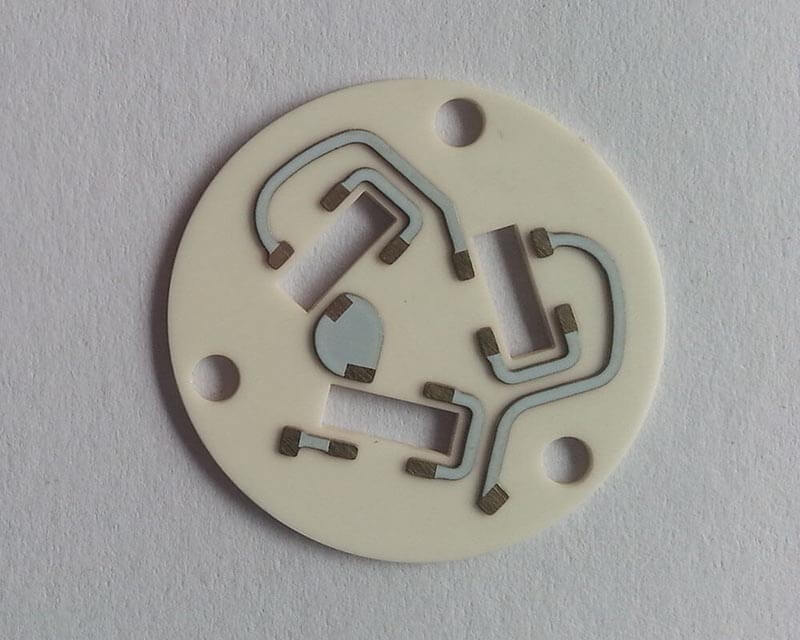
Aluminum Nitride (AlN) PCB:
Aluminum nitride ceramic PCBs offer even higher thermal conductivity than alumina PCBs, making them suitable for applications that require efficient heat dissipation.
They are commonly used in high-power LED lighting, power electronics, and RF/microwave circuits.

Silicon Carbide (SiC) PCB:
Silicon carbide ceramic PCBs have excellent thermal conductivity and high temperature resistance, making them ideal for applications that require high power density and reliability in harsh environments. They are commonly used in power electronics, automotive applications, and aerospace applications.
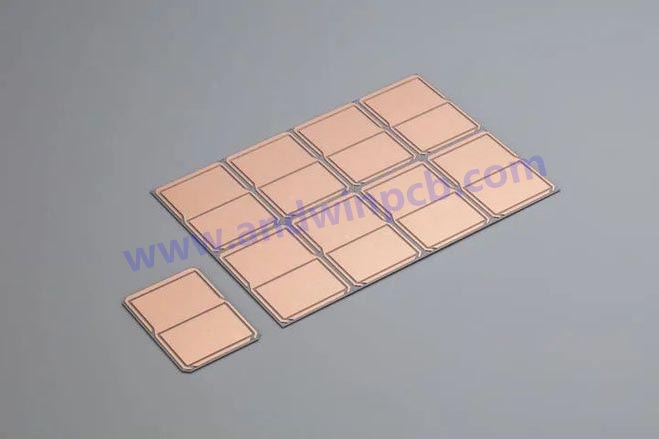
Beryllium Oxide (BeO) PCB:
Beryllium oxide ceramic PCBs have very high thermal conductivity and excellent electrical insulation properties.
However, beryllium oxide is a toxic material,
sospecial precautions must be taken when handling and processing BeO PCBs.
They are commonly used in high-power RF/microwave circuits and aerospace applications.
Boron Nitride (BN) ceramic PCB:
Boron Nitride (BN) ceramic PCB is a type of printed circuit board that uses boron nitride as the substrate material instead of traditional materials like FR4 or aluminum.
BN ceramic PCBs offer excellent thermal conductivity, high electrical insulation,
and good mechanical strength, making them ideal for high-power and high-frequency applications where heat dissipation is critical.
BN ceramic PCBs are commonly used in industries such as aerospace, telecommunications, and power electronics.
Zirconia PCB:
Zirconia ceramic PCBs have high mechanical strength,
excellent thermal shock resistance, and good electrical insulation properties.
They are commonly used in high-temperature applications such as sensors,
laser machine, heaters, and fuel cells.
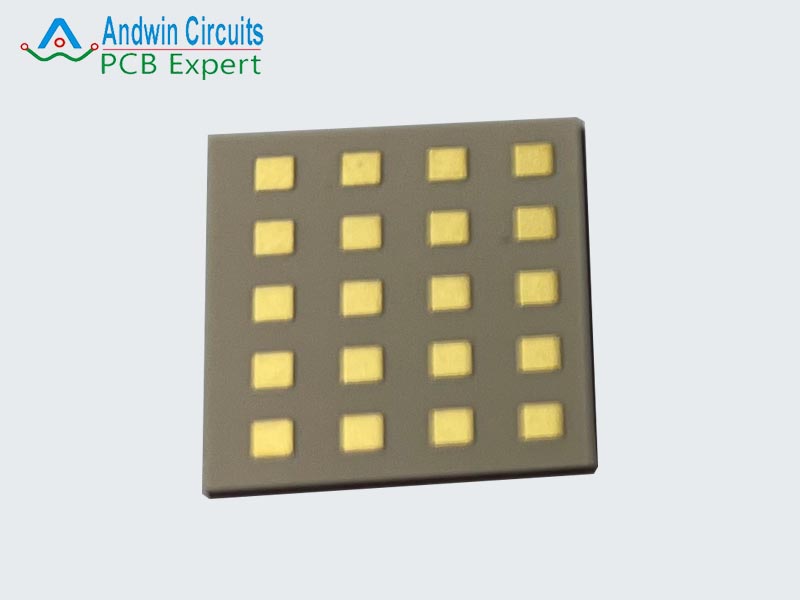
Glass Ceramic PCB:
Glass ceramic PCBs combine the properties of ceramic and glass materials,
offering good thermal conductivity, electrical insulation, and mechanical strength.
They are commonly used in high-frequency RF/microwave circuits, sensors, and medical devices.
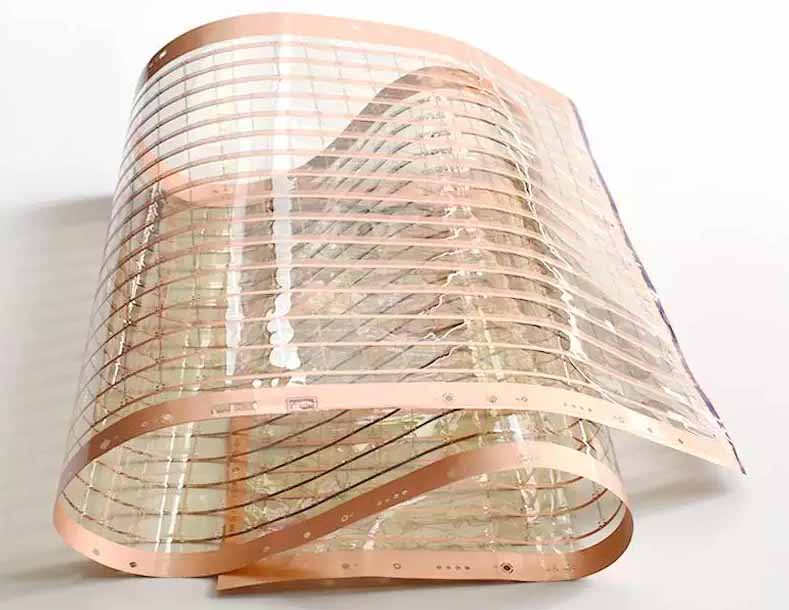
Ceramic PCB stackup
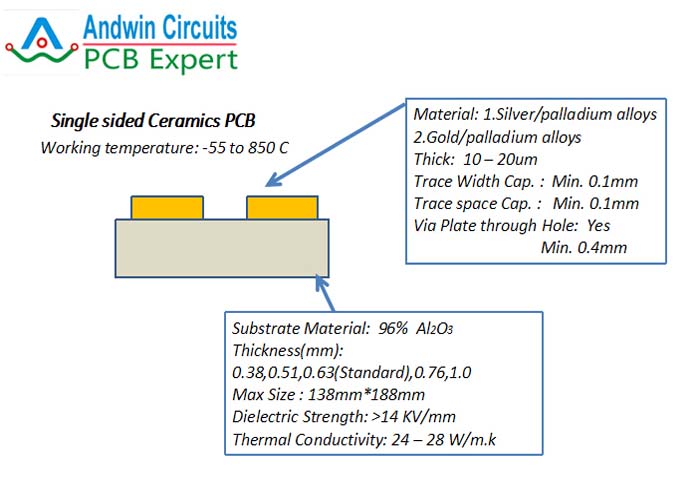
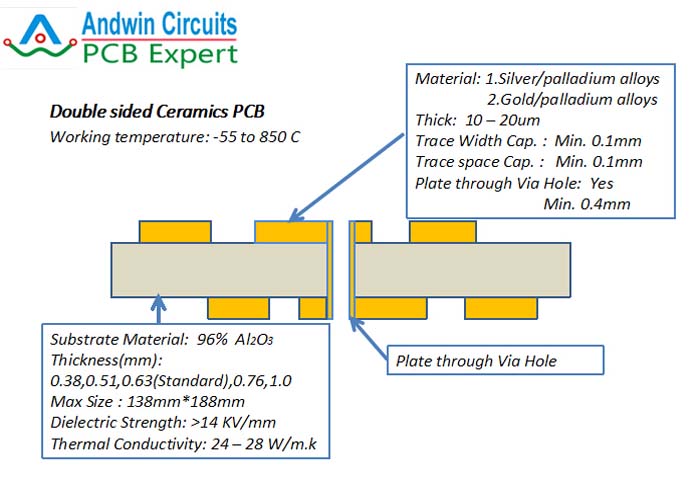
Achieving maximum performance in the smallest possible space inevitably
causes electronic components to develop increasingly high temperatures.
This heat must be dissipated quickly and reliably in order to protect the valuable components,
This is where aluminum nitride ceramics set the benchmark.
Ceramic PCB manufacturing process
Ceramic circuit board is a very special type of circuit board ,
The production processes depending on the types of ceramic PCB.
The manufacturing processes of each type of ceramic PCBs as follow:
Manufacturing proess of thin film ceramic circuit board:
Ceramic substrate Preparation:
The next step is to prepare the ceramic substrate.
This involves cutting the substrate to the desired size and shape.
Andwin according customer’s requirement to choose the ceramic substrate.
The thickness from 0.127 to any thickness that customer’s requirments.
Currently,we made the Max. thickness is 7.0mm( 7000um ) of Zirconia ceramic PCB.
Ceramic PCB laser drill:
Drill is a specialized tool used for drilling holes in ceramic printed circuit boards (PCBs).
These drills are typically small and precise,
allowing for accurate drilling of holes for components and electrical connections on a PCB.
They are essential for the manufacturing and assembly of electronic devices.
Currently, the Min. drill size for 0.05mm(50um) that we made,
Andwin would like to challenge the limit if customer need the smaller drill.
Vacuum deposition( Plat copper in via holes):
Ceramic PCB is different from the FR4 PCB, ceramic plating need special technology.
Vacuum deposition is a plating technique that is conducted in a vacuum environment.
It involves evaporating or sputtering metal onto a substrate surface in a vacuum chamber to create a uniform metal film.
This technique is commonly used to enhance the hardness,
wear resistance, and conductivity of material surfaces, as well as for manufacturing electronic components and decorative coatings.
Andwin have capability to plating follow on the ceramic:
copper(cu), Titanium(Ti), Tungsten(W), Gold(Au),Silver(Ag), Nickel(Ni) ans Tin(Sn).
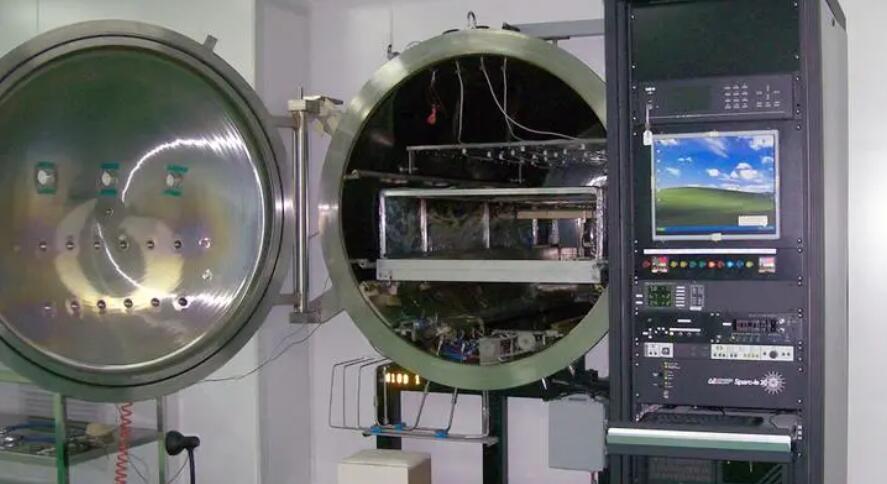
ceramic pcb Vacuum deposition equipment
The next process is almost as same as FR4 PCB,
Such as, printing film, etching, solder mask,silkscreen,Testing,surface treatment,cuting,QC an QA etc.
Application of ceramic PCB
Ceramic PCBs, also known as ceramic printed circuit boards,
are used in a wide range of applications where high thermal conductivity,
high temperature resistance, and excellent electrical insulation properties are required.
Some common applications of ceramic PCBs include:
Power electronics:
Ceramic PCBs are commonly used in power electronic devices such as power converters, inverters,
and motor drives due to their high thermal conductivity and excellent heat dissipation properties.
This helps in improving the reliability and performance of these devices.
LED lighting:
Ceramic PCBs are widely used in LED lighting applications due to their high thermal conductivity,
which helps in dissipating heat generated by the LEDs.
This results in improved efficiency and longer lifespan of the LED lights.
Aerospace and defense:
Ceramic PCBs are used in aerospace and defense applications where high reliability, high temperature resistance,
and excellent electrical insulation properties are required.
They are used in radar systems, communication systems, and other critical electronic components.
Medical devices:
Ceramic PCBs are used in medical devices such as implantable medical devices, diagnostic equipment,
and monitoring devices due to their biocompatibility, high temperature resistance, and excellent electrical insulation properties.
Automotive industry:
Ceramic PCBs are used in automotive applications such as engine control units, power modules,
and sensors due to their high temperature resistance and reliability. They help in improving the performance and efficiency of automotive electronic systems.
Overall, ceramic PCBs are used in a wide range of high-performance electronic applications where reliability, thermal management, and electrical insulation are critical requirements.
Sample of ceramic PCB


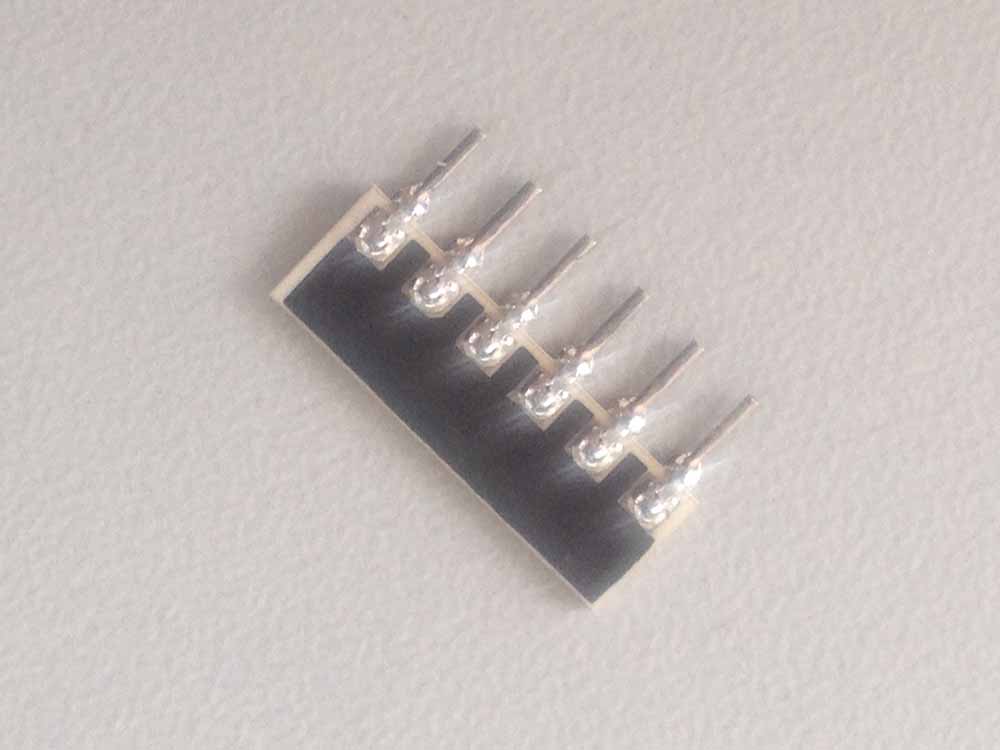
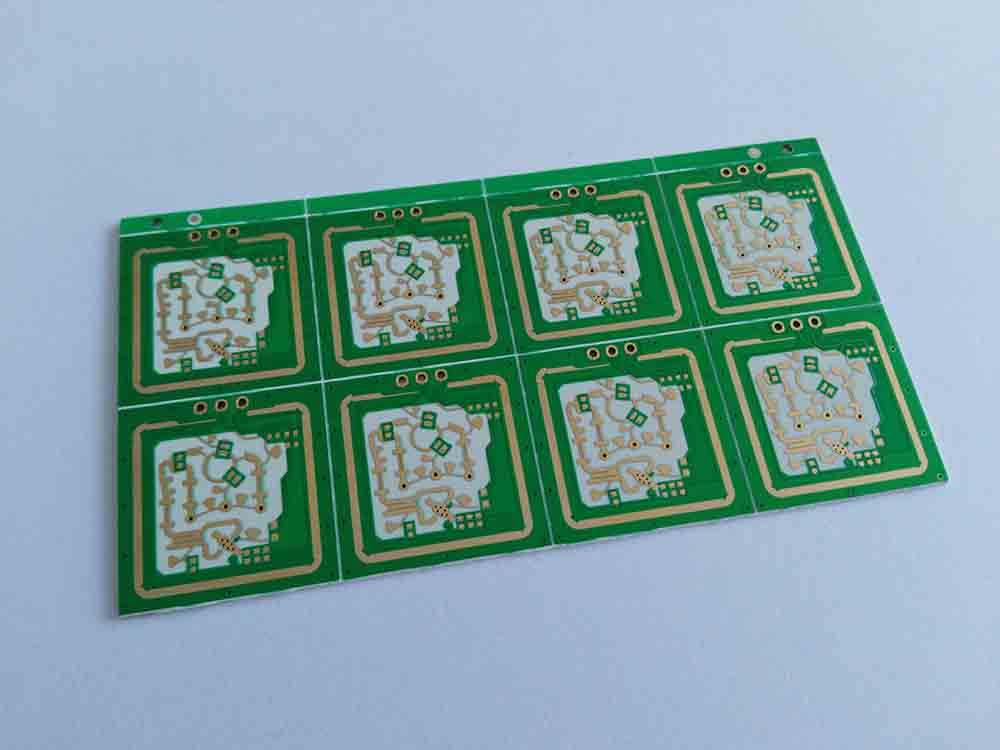
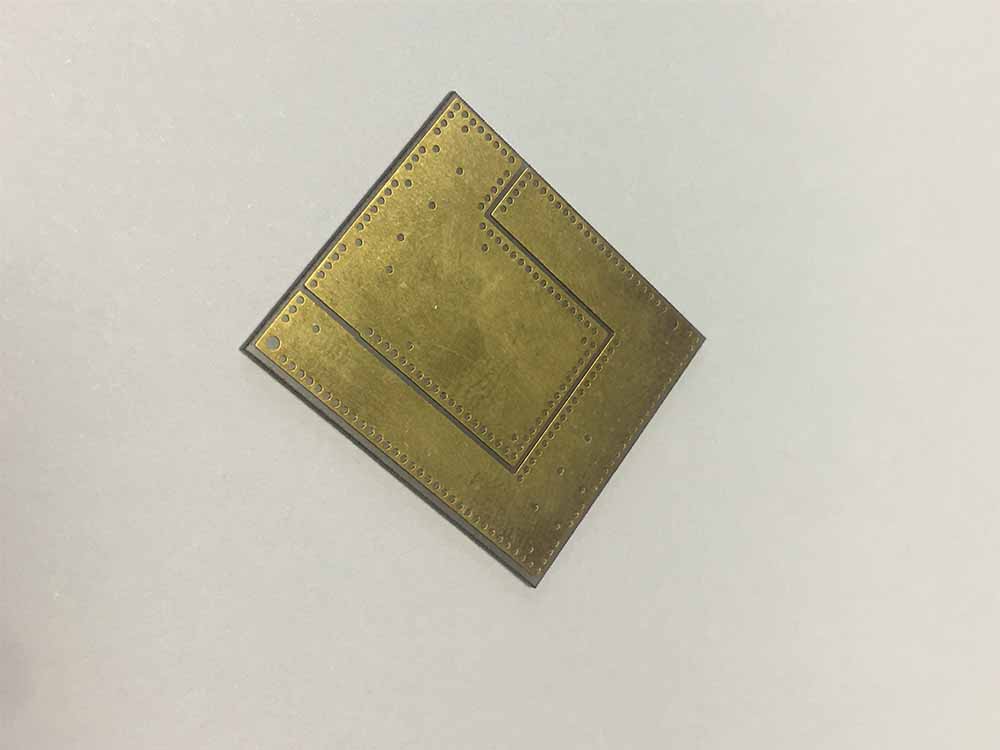
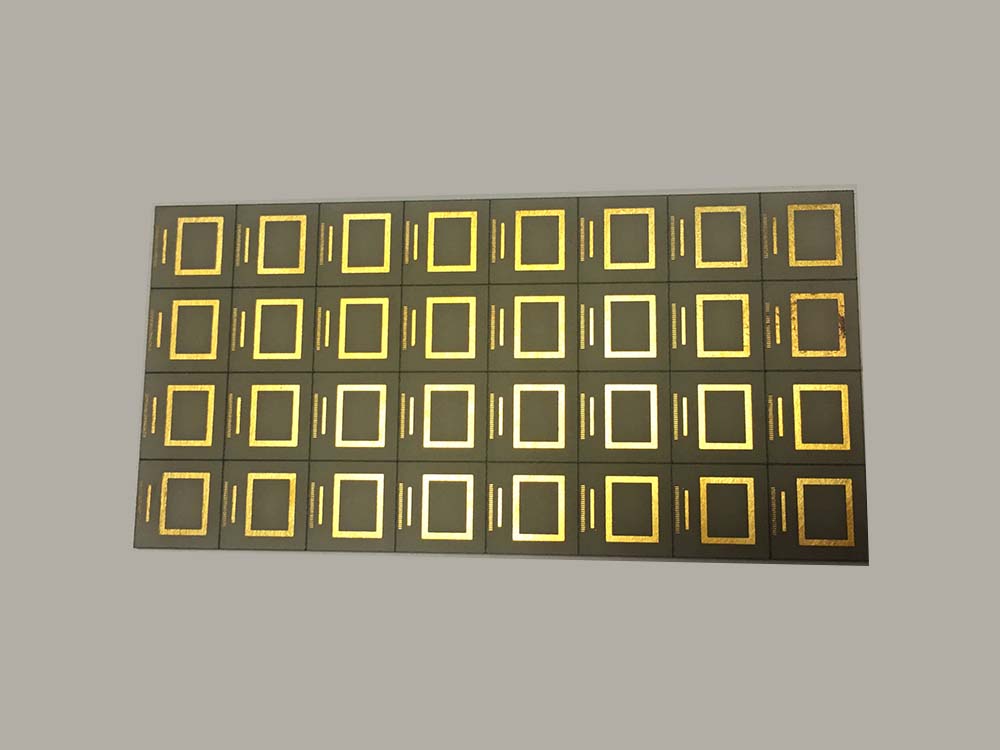
The famous brand ceramic PCB customers
Western Digital Honeywell

Other PCB products, you may interesting
knowledge of ceramic PCB
DBC ( Direct Bonding Chips ) Ceramic + copper foil circuits board
DBC heat-sinking substrate for solar battery is fabricated
by using bonding technology under high temperature.
The conjunction between copper foils and ceramic is molecular
bond and any adhesion agent is not being used.
Due to the fine adhesion between copper foils and ceramic plate.
it can suffer from strict thermal cycling test.
under the normal temperature environment,the islation performance and material
strength can hold several hundred thousand hours stability.
Other materials can not compare to this on.
Because the ceramic material has fine thermal conductive preperty
the compound material has low resistance.
In the succeeding processes,by the photoresist and chemical etching methods and fine laster cutting process.
DBC heat-sinking substrate for solar battery possesses various accurate
and complex patterns and outlines.


